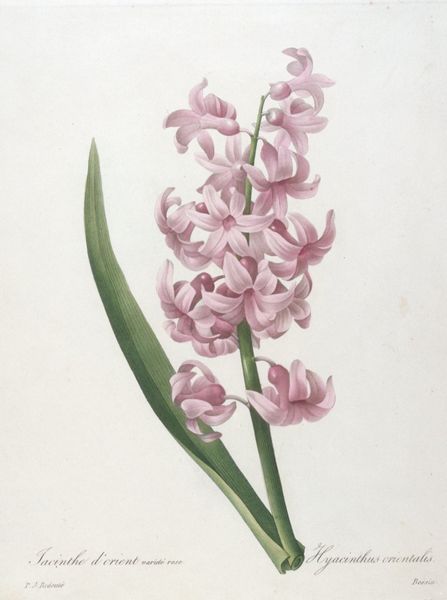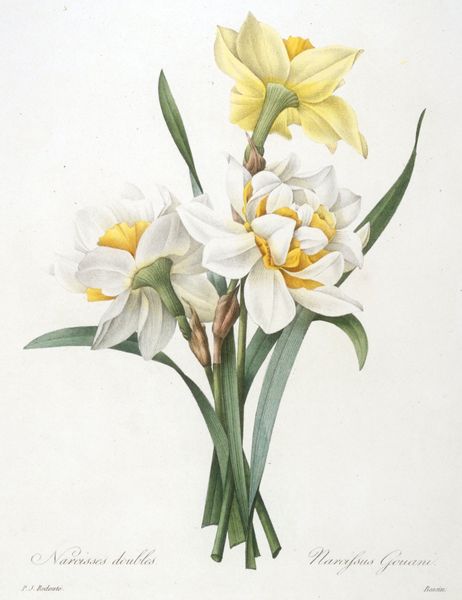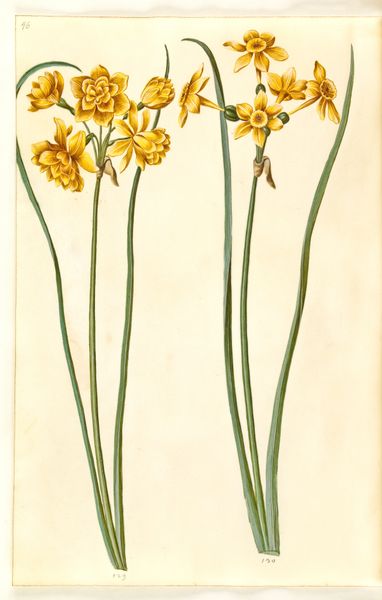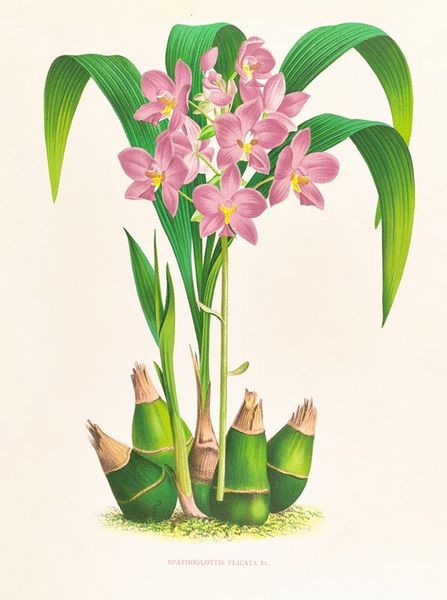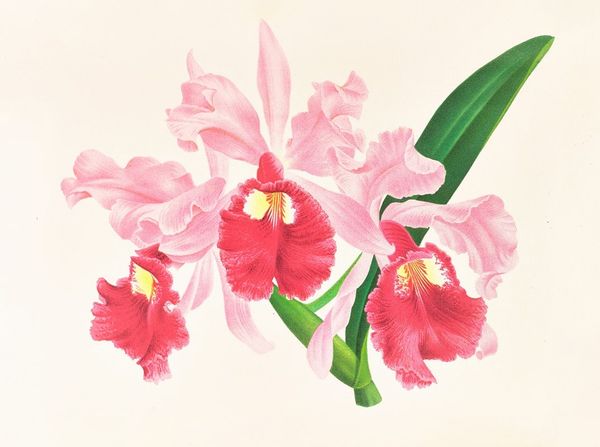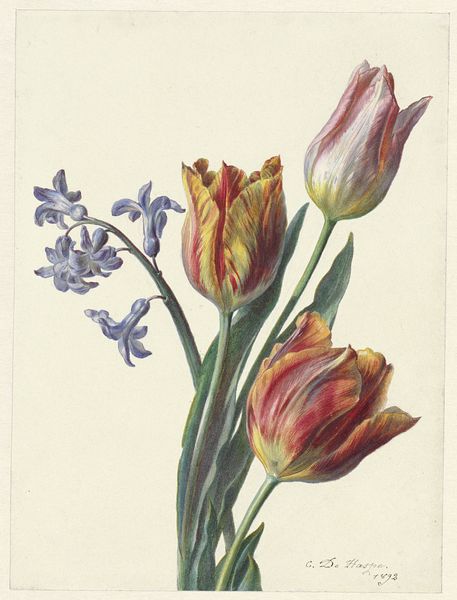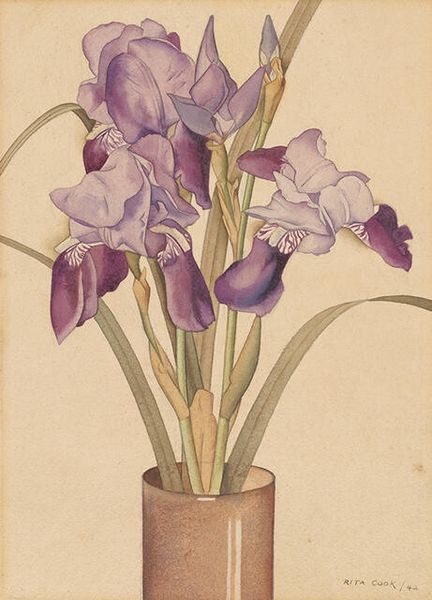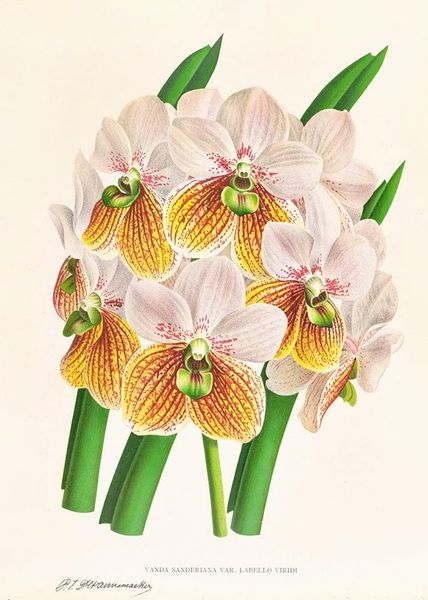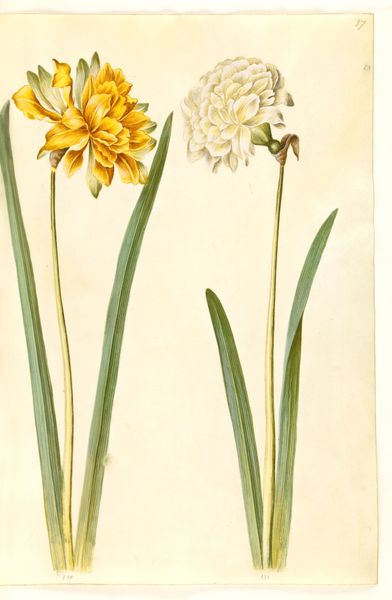
drawing, print, watercolor
#
vegetal
#
drawing
# print
#
botanical illustration
#
watercolor
#
france
#
botanical art
Dimensions: 10 3/4 x 8 1/2 in. (27.31 x 21.59 cm) (plate)
Copyright: Public Domain
Curator: Looking at "Jacinte d'Orient. Variete bleue" by Victor, created around 1827, my initial thought is how incredibly serene this flower appears. There’s such delicacy in the watercolor rendering. Editor: It is serene, but it speaks to so much more when considering its context. Here we have botanical illustration at the apex of its popularity in France. Think about colonialism and how botanical studies were inherently tied to exploitation. The collecting, categorizing, and transporting of plants served very specific power structures. Curator: True. And it's not simply a neutral depiction; this specific hyacinth, in its cultivated “blue variety,” represents human intervention shaping the natural world. There's an implication of control. Editor: Exactly. The act of meticulously documenting its physical properties using drawing, watercolor and print techniques mirrors an intense desire to understand, and therefore control, nature itself. And consider the labour that goes into cultivating a hyacinth of this sort – the careful hybridisation and management of nutrients that has its parallel in scientific and colonial ambition. Curator: Thinking about that intersection—the artistic labour, the horticultural labour, and even the possible labour involved in pigment production—I am intrigued by the intended audience. Botanical illustrations were crucial to scientific documentation, but works of this scale and precision also became symbols of wealth and taste, adorning homes and reflecting access to specialized knowledge. Editor: I think we need to acknowledge the silence around who might be growing them, whose labour underpins that display of 'taste'. There is a clear visual hierarchy with the bloom taking prominence. The sharp green leaves are secondary and it raises some key questions around power, around knowledge and how each impacts on the other. Curator: Absolutely. So much information about social structures is invisibly laced into these supposedly straightforward depictions. It forces me to consider the political implications ingrained within seemingly innocent portrayals of the natural world. Editor: Agreed. A deeper look encourages one to acknowledge the socio-political mechanisms which shape the very nature of seeing. It serves to illustrate how material is inevitably tied to the dynamics of global control.
Comments
No comments
Be the first to comment and join the conversation on the ultimate creative platform.
